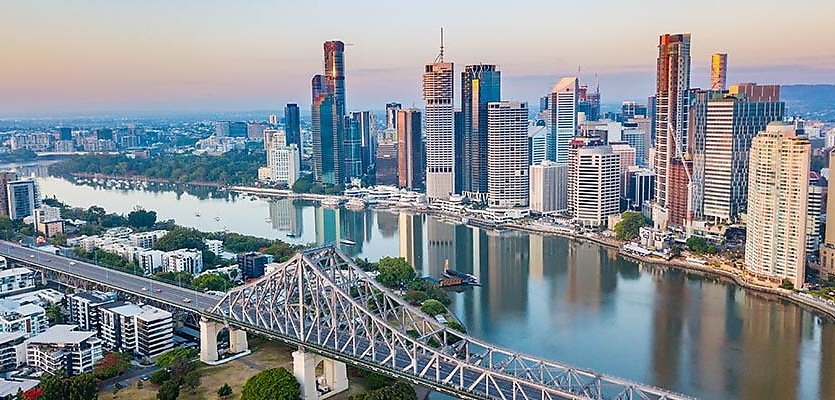As the half-year mark for 2022 approaches, looking at how things have changed since the start of the year can provide some valuable insight into expectations leading into 2023.
PRD has issued its Affordability and Livability Property Guides for the first half of 2022, looking at the performance of property in the hotspots of Brisbane,
Sydney, Melbourne, Hobart and the Gold Coast.
What the reports show is that the major markets of Sydney and Melbourne no longer bear the dubious titles of roughest and toughest.
“The country’s two largest cities are becoming opportune markets for buyers and in particular first home buyers,” according to PRD.
Median property price growth has been shown to be slower in Sydney during this period than over the previous six months and swung into decline in Melbourne.
But Melbourne has enormous potential to change, given that office life is returning and the city is starting to see its labour force recover following the protracted lockdowns of the past two years.
Both cities, however, report a “lower average vendor premium compared to the past 12 months and a growing most affordable price bracket (relevant to each capital city) that is available to buyers”, the group noted.
Brisbane has proven to be the usurper of Sydney and Melbourne in regard to median property price growth, recording a continuously higher level of growth since the start of the year compared to the network’s previous report on the Queensland capital.
“An undersupply is evident in Brisbane Metro, particularly for houses. The Olympics 2032 announcement brought a certain buzz into Brisbane’s property market, and with border openings this trend is expected to continue,” PRD noted.
Meanwhile, Hobart has eclipsed Sydney, Brisbane, and Melbourne for the title of hottest seller’s market. Hobart buyers now need to offer the highest average vendor premium when compared to other capital cities to secure their dream property, whether that’s a house or a unit.
PRD remarked that this had been a consistent pattern for Hobart over the past 12 months, bucking the national trend that has seen a declining pattern in average vendor premium, or a swing towards average vendor discount, in other capitals.
And on the Gold Coast, it’s a tale of two markets, with the houses showing slowed growth compared to the previous period while units race ahead. Affordability appears to be a growing issue in the beachside hotspot, with the premium market getting most of the turnaround, while lower-cost houses have shrunk by half in six months alone.
ABOUT THE AUTHOR
Juliet Helmke
Based in Sydney, Juliet Helmke has a broad range of reporting and editorial experience across the areas of business, technology, entertainment and the arts. She was formerly Senior Editor at The New York Observer.









You are not authorised to post comments.
Comments will undergo moderation before they get published.